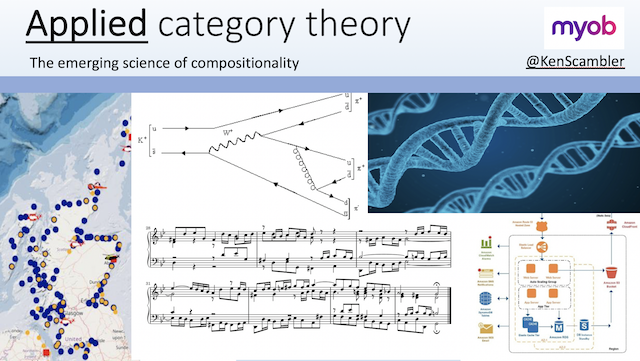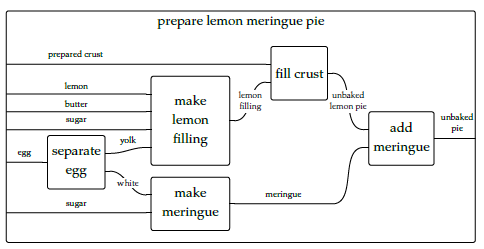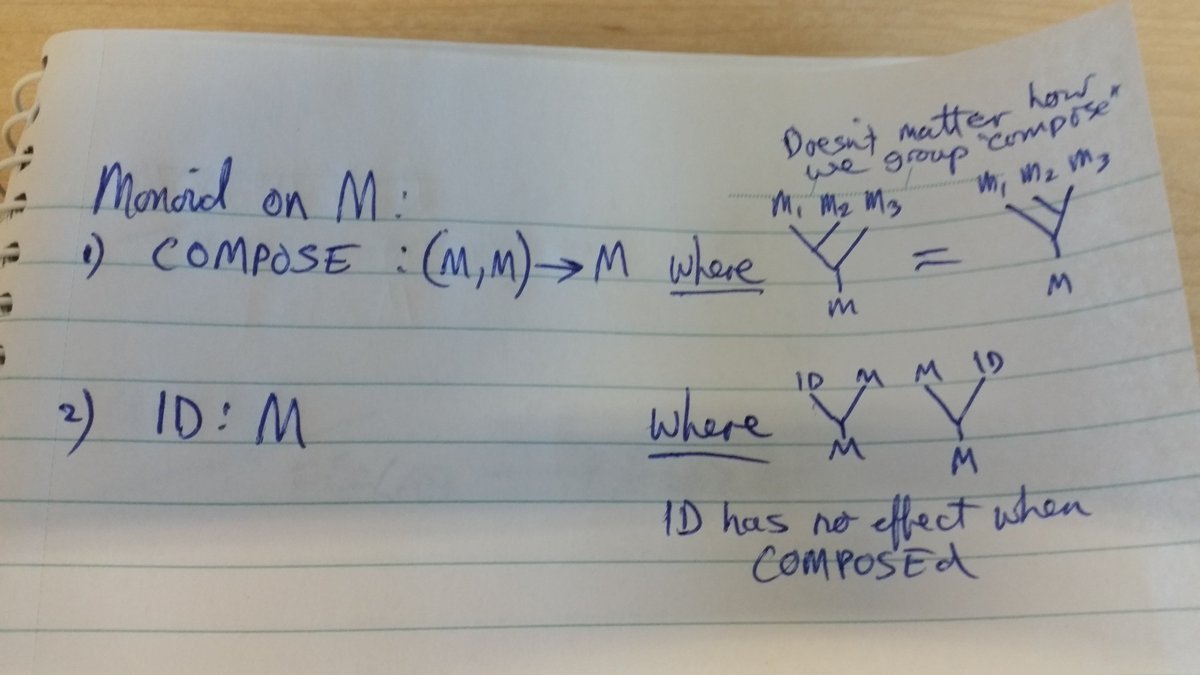
Architecture, compositionality, code.
Architect @ MYOB
Site: https://t.co/ispAQvWOua
How to get URL link on X (Twitter) App


 In 2014 or so, they launched ~exclusively to the Chinese community~ in Melbourne - a bold choice in Oz perhaps, and testament to the Ch community's size & prosperity. Their yellow motorbikes were everywhere, marked only 墨尔本送餐 (Mò'ěrběn sòngcān, "Melbourne Food Delivery")
In 2014 or so, they launched ~exclusively to the Chinese community~ in Melbourne - a bold choice in Oz perhaps, and testament to the Ch community's size & prosperity. Their yellow motorbikes were everywhere, marked only 墨尔本送餐 (Mò'ěrběn sòngcān, "Melbourne Food Delivery") 

 There's some solid tech content here: compositionality, monoids, categories, operads, monoidal categories, + the graphical language of string & wiring diagrams.
There's some solid tech content here: compositionality, monoids, categories, operads, monoidal categories, + the graphical language of string & wiring diagrams. https://twitter.com/KenScambler/status/11087383665294008321. The wiring diagrams operad IS SECRETLY THE SAME THING AS LENSES 🤯
https://twitter.com/_julesh_/status/1108749279747850240

https://twitter.com/edyong209/status/1081670576329158656?s=19Can you spell "funnel web" without "fun"? No. You cannot




 I used a real camera zoom this time Mr Smartypants @standeo
I used a real camera zoom this time Mr Smartypants @standeo